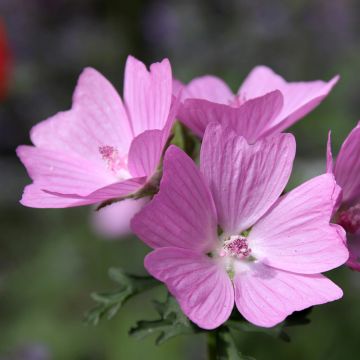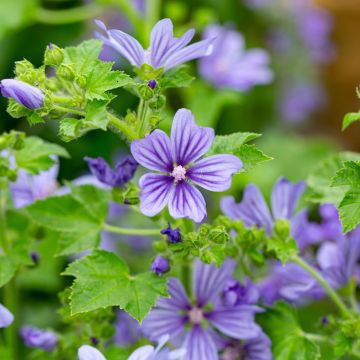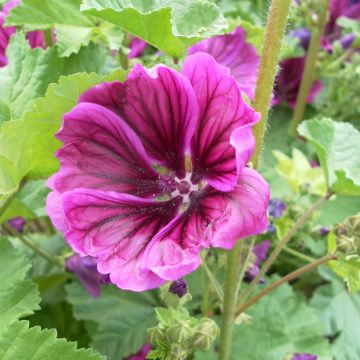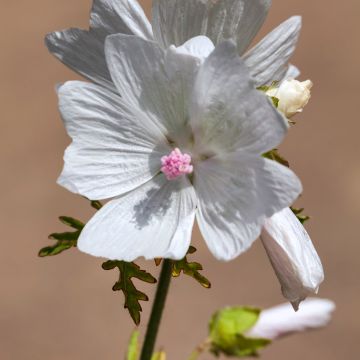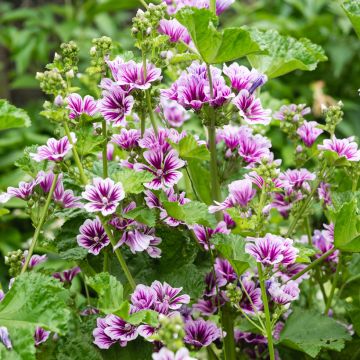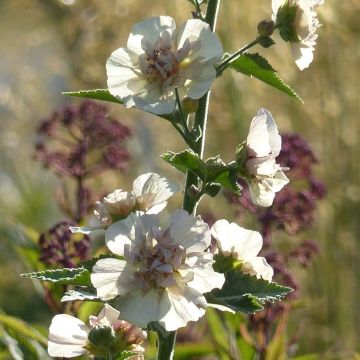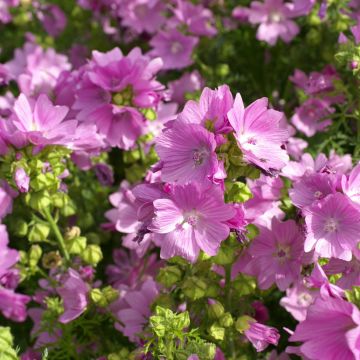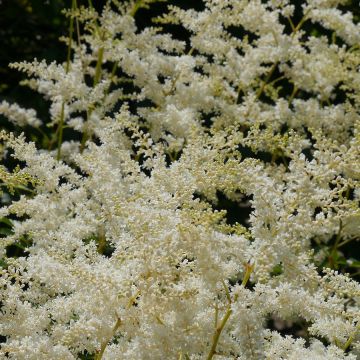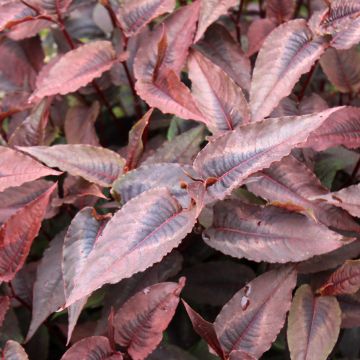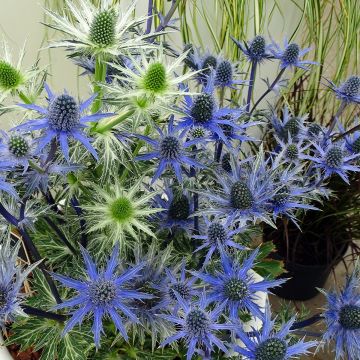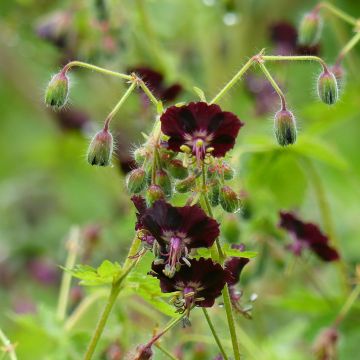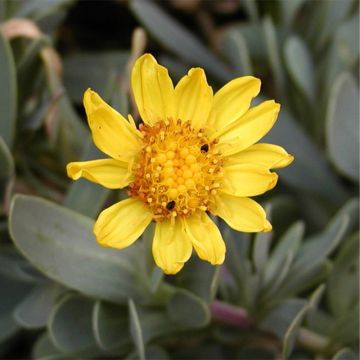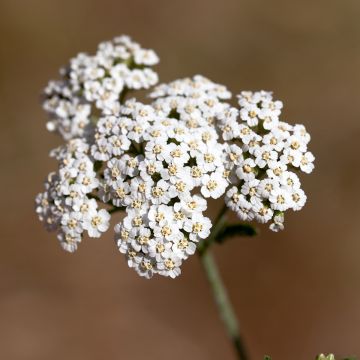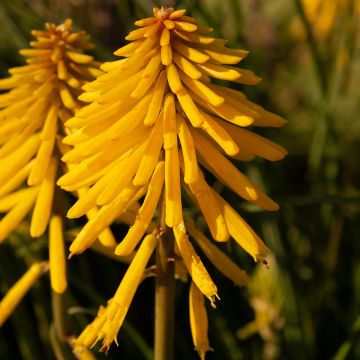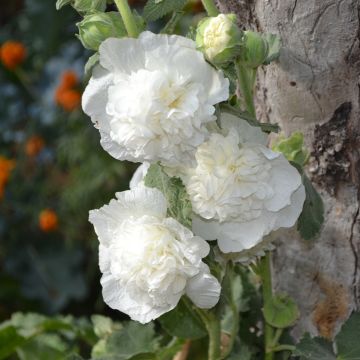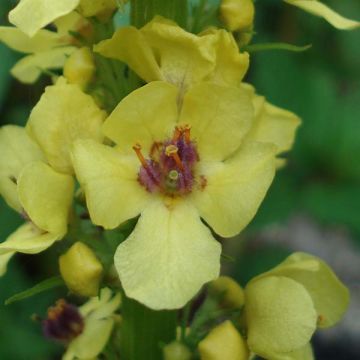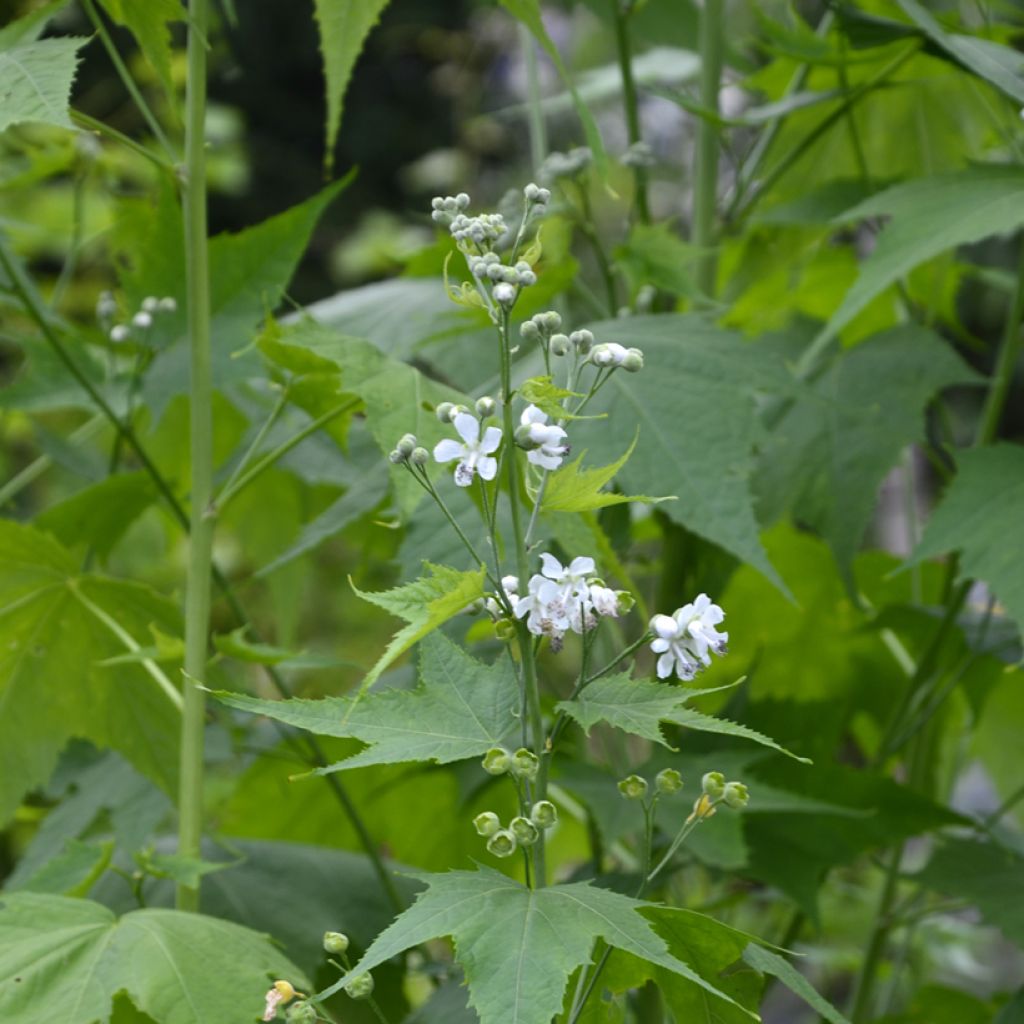

Sida hermaphrodita
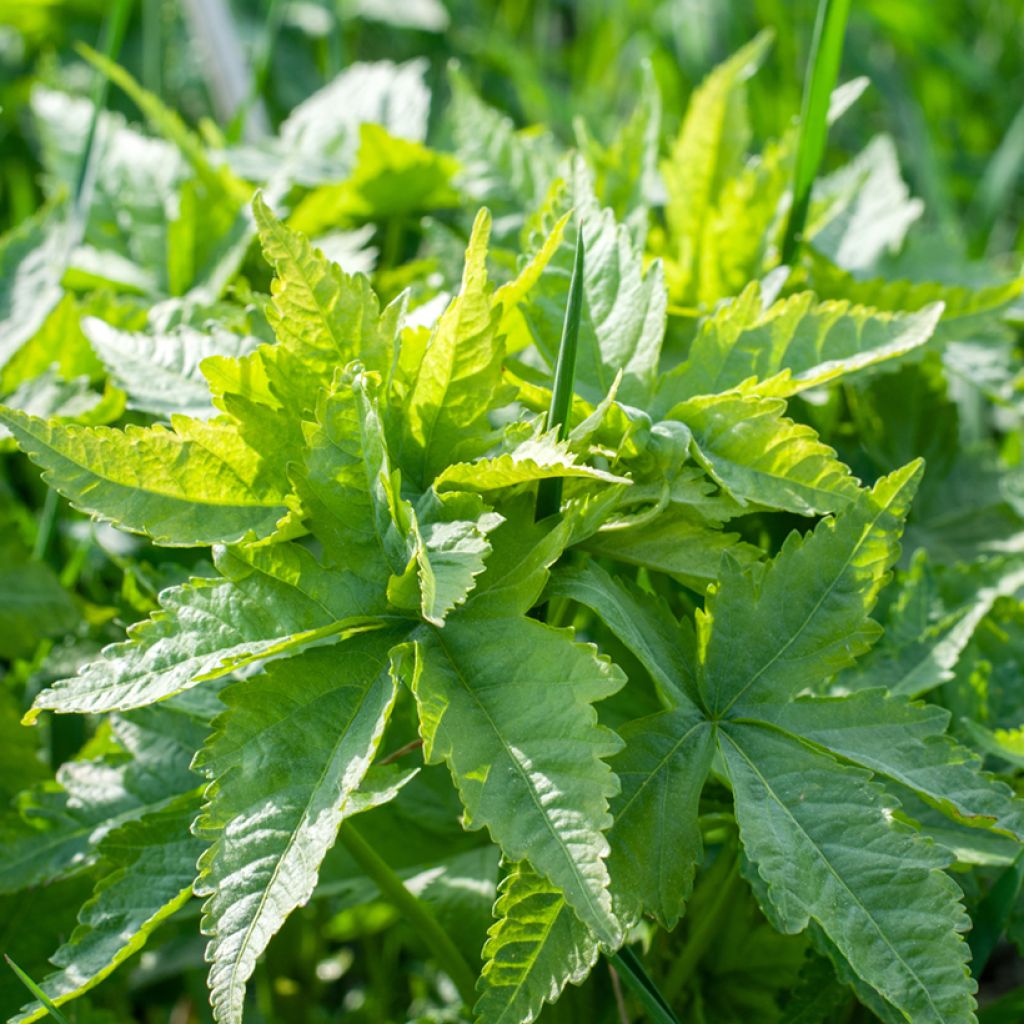

Sida hermaphrodita
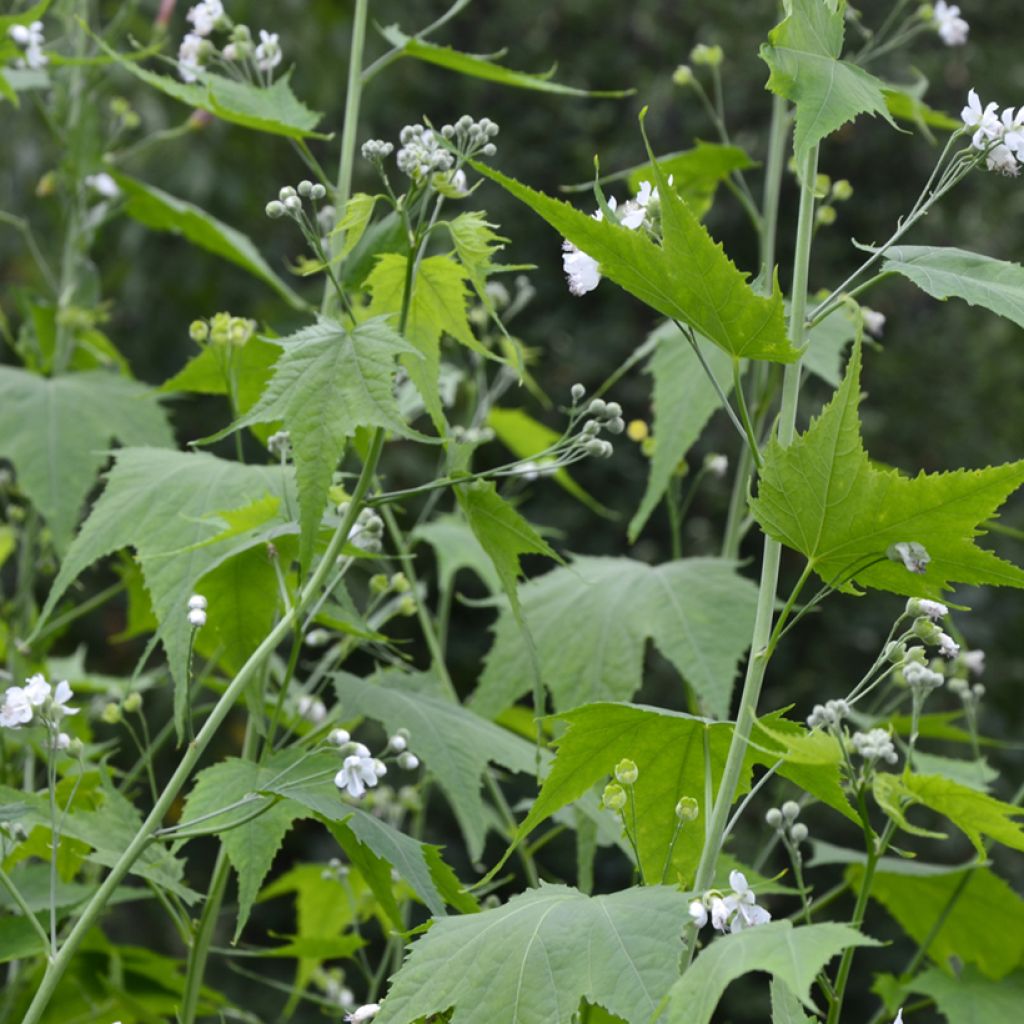

Sida hermaphrodita
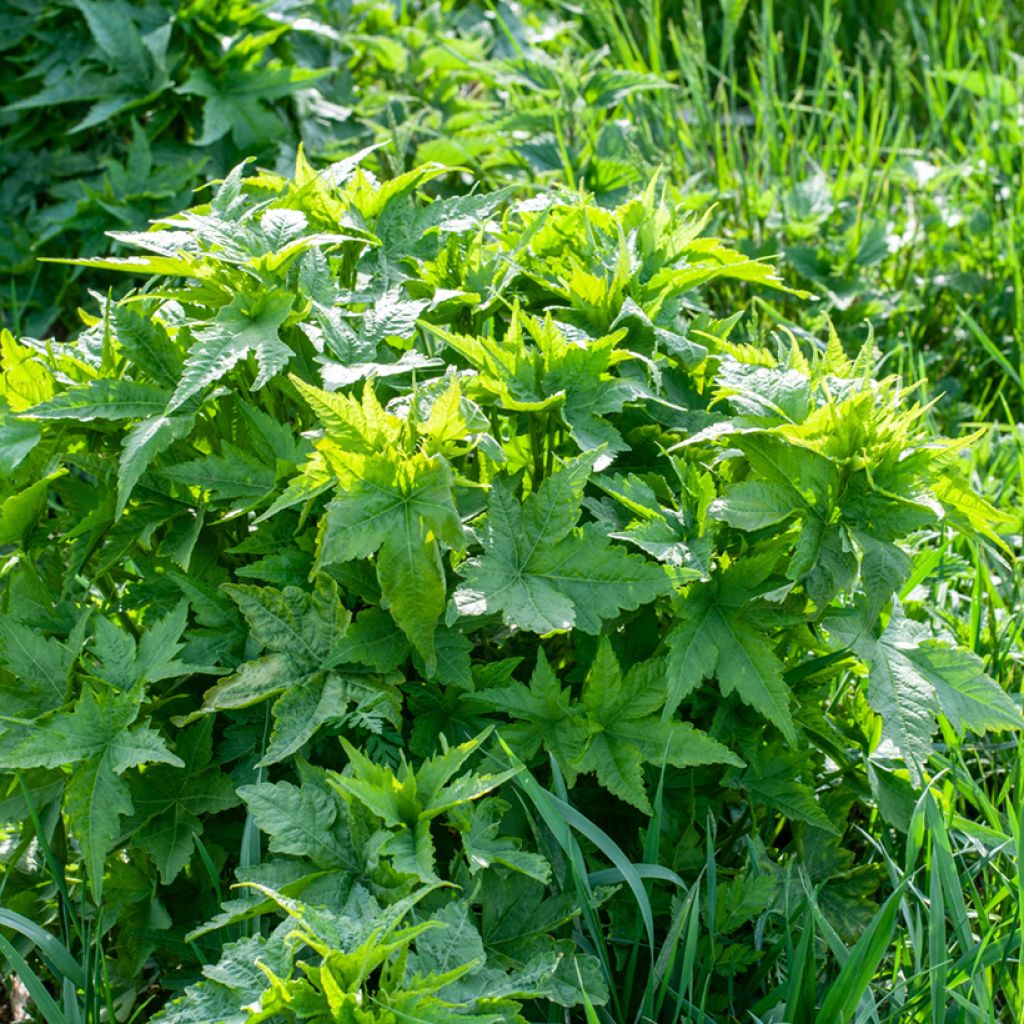

Sida hermaphrodita
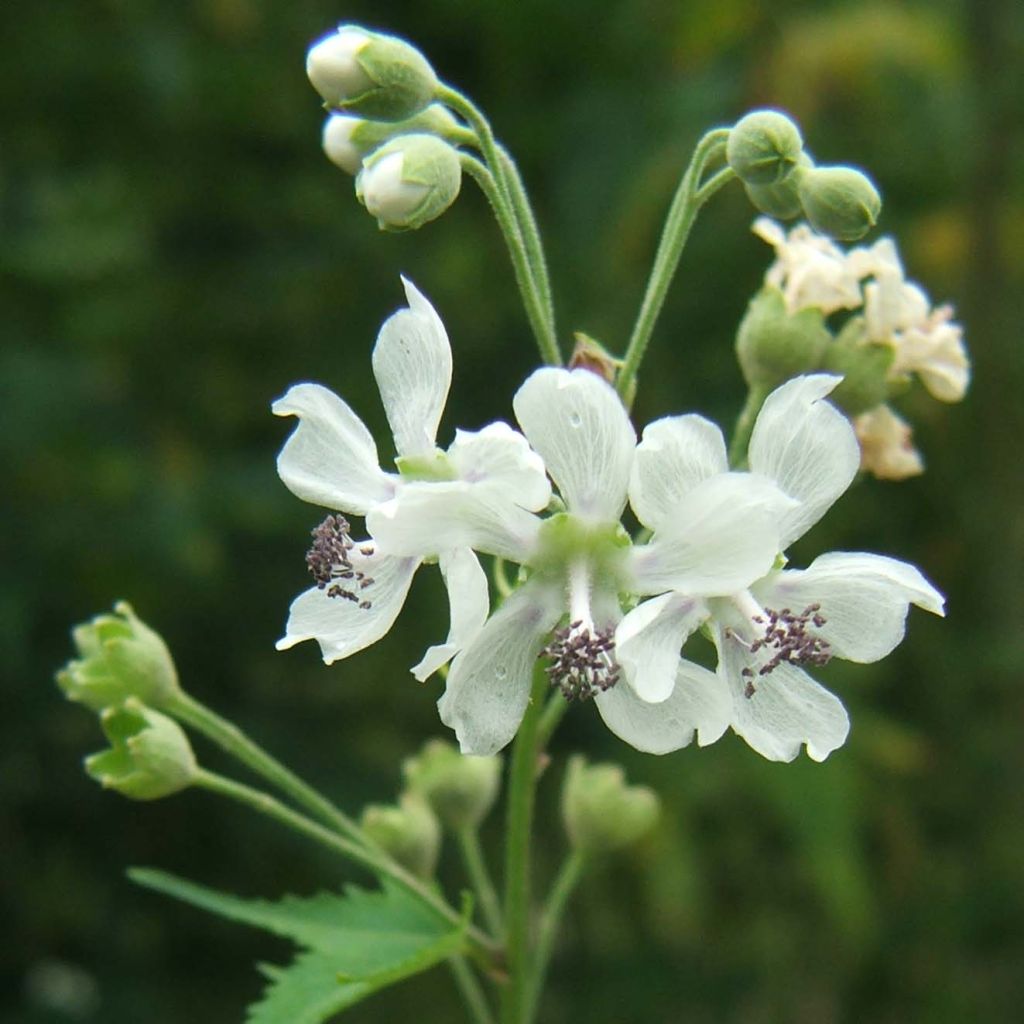

Sida hermaphrodita
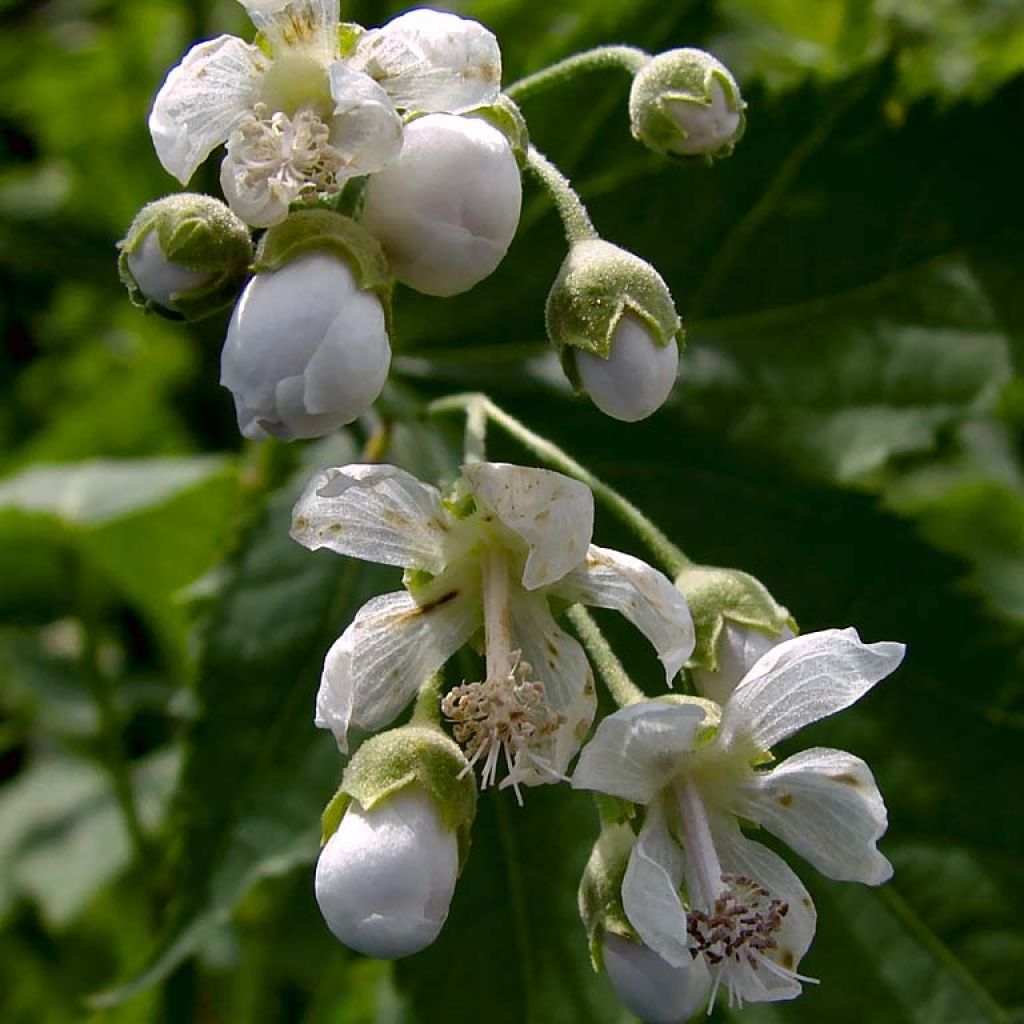

Sida hermaphrodita
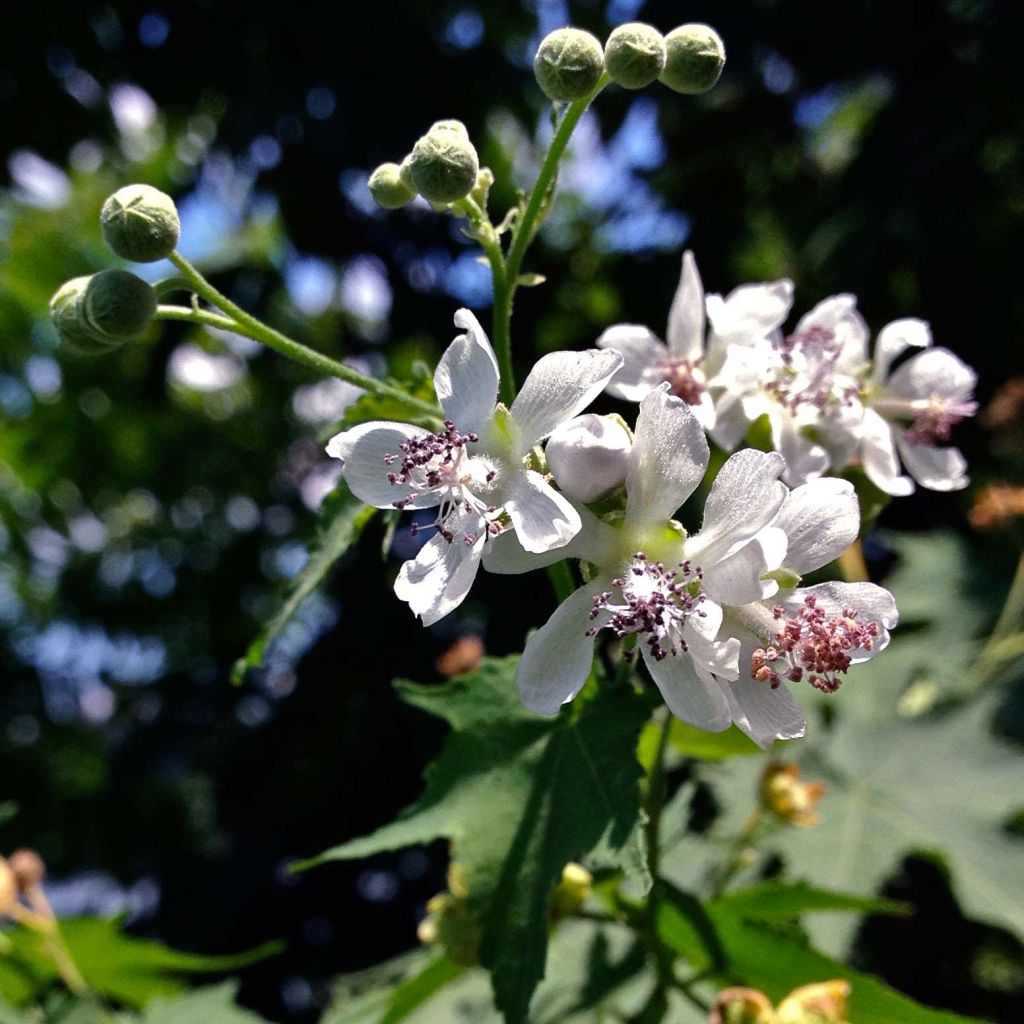

Sida hermaphrodita
Sida hermaphrodita
Sida hermaphrodita
Virginia Mallow
She's already shooting.
Solange T., 13/04/2020
This plant carries a 12 months recovery warranty
More information
We guarantee the quality of our plants for a full growing cycle, and will replace at our expense any plant that fails to recover under normal climatic and planting conditions.
From €5.90 for pickup delivery and €6.90 for home delivery
Express home delivery from €8.90.
Does this plant fit my garden?
Set up your Plantfit profile →
Description
The Sida hermaphrodita is a wild plant from the North American flora that deserves to be better known and planted. Especially in a garden that leaves room for nature, for its beautiful appearance of a giant and its long white flowering as soft as silk, extremely honey-producing and nectar-producing. This great cousin of the mallow will live for many years in the garden, reforming its beautiful vegetation every spring with its palmate foliage and clusters of small buzzing flowers that can be admired all summer at eye level. Perfectly hardy, it is easy to grow in the sun in any good well-drained garden soil, even quite dry in summer. A plant to try out!
Sida hermaphrodita is a cold-resistant perennial herbaceous plant native to the southeastern United States and Canada. Its habitat consists of open, rather wet, sunny or semi-shaded river banks, with sandy, slightly acidic to neutral soil. However, the Virginia Mallow is relatively tolerant regarding soil, as evidenced by where it can sometimes appear.
The plant grows from a rhizome that can spread laterally over time. Its vegetation forms in spring and disappears in winter. It is a very long-lived plant with a lifespan of around 20 years. At maturity, 4 or 5 years, it will produce up to 30 flower stems, 1.80 m (6ft) to over 2 m (7ft), with a spread of at least 60 cm (24in). These robust and thick stems can reach 2 cm (1in) in diameter bearing large entire but palmate leaves, with 3 to 7 lanceolate lobes, 10 to 20 cm (4 to 8in) long. The flowering is particularly long, from July to October-November, earlier or later depending on the region. The tall stems bear terminal clusters of numerous cup-shaped flowers, with 5 white petals, about 2 cm (1in) wide. The centre of each flower has pink to purplish stamens. The flowers attract pollinating insects and are followed by dry fruits containing lots of seeds that will germinate the following spring.
Virginia Mallow is ideal in natural areas, with other airy giants like Cephalaria gigantea, Aster laevis, Datisca cannabina or Thalictrum aquilegifolium for example. It also blends well with hybrid mulleins or 'thistles' (Cynara cardunculus, Onopordum nervosum...), tall perennial sunflowers, goldenrods and many others. Its silk-like flowers have a good vase life.
Sida hermaphrodita is native to North America and also cultivated in Europe, for example in Poland, where its fibres are used in the paper industry. Its foliage serves as fodder for livestock and beekeepers plant it to increase honey production. Recent studies have revealed that this plant is a good standing crop (like Miscanthus) to grow for alternative energy production.
Report an error about the product description
Sida hermaphrodita in pictures
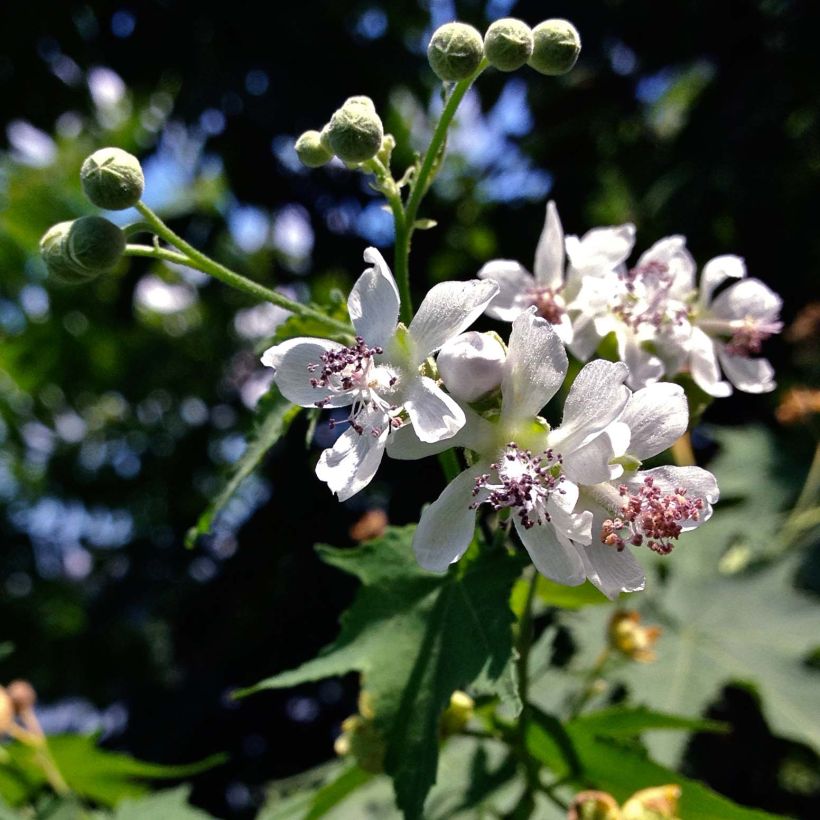

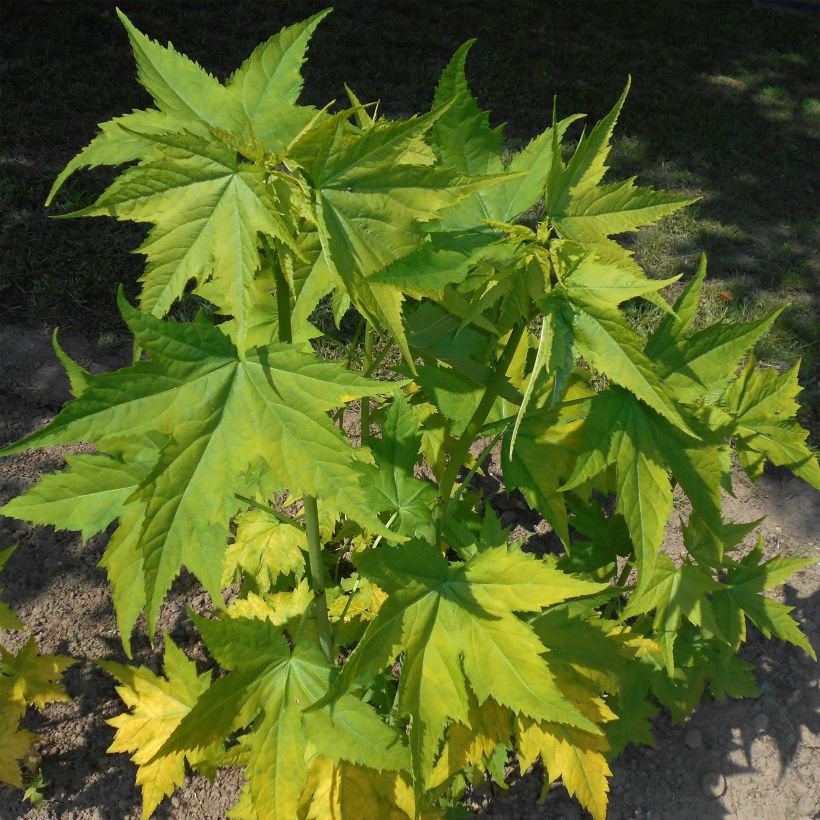



Flowering
Foliage
Plant habit
Botanical data
Sida
hermaphrodita
Malvaceae
Virginia Mallow
North America
Other Purple Malva - Mallow
Planting and care
Virginia mallow can be planted in spring or autumn, in the sun or in partial shade. It is udemanding in terms of soil; it prefers well-cultivated and well-drained, moist garden soil, but will adapt to any deep soil even if poor, sandy, and rather dry in summer. If you plant it in heavy or wet soil, add good draining materials like river sand or gravel. If your soil is poor, added leaf mold and compost will be appreciated. This plant is hardy and will not need watering in summer once established, except where it can be very (too) dry. Its root can live for 20 years in the garden.
To help your Virginia mallow establish itself, carefully and regularly weed around its base and mulch the soil in summer if necessary. It doesn't like competition from the roots of other plants, especially when young.
Planting period
Intended location
Care
-
, onOrder confirmed
Reply from on Promesse de fleurs
Summer flowering perennials
Haven't found what you were looking for?
Hardiness is the lowest winter temperature a plant can endure without suffering serious damage or even dying. However, hardiness is affected by location (a sheltered area, such as a patio), protection (winter cover) and soil type (hardiness is improved by well-drained soil).

Photo Sharing Terms & Conditions
In order to encourage gardeners to interact and share their experiences, Promesse de fleurs offers various media enabling content to be uploaded onto its Site - in particular via the ‘Photo sharing’ module.
The User agrees to refrain from:
- Posting any content that is illegal, prejudicial, insulting, racist, inciteful to hatred, revisionist, contrary to public decency, that infringes on privacy or on the privacy rights of third parties, in particular the publicity rights of persons and goods, intellectual property rights, or the right to privacy.
- Submitting content on behalf of a third party;
- Impersonate the identity of a third party and/or publish any personal information about a third party;
In general, the User undertakes to refrain from any unethical behaviour.
All Content (in particular text, comments, files, images, photos, videos, creative works, etc.), which may be subject to property or intellectual property rights, image or other private rights, shall remain the property of the User, subject to the limited rights granted by the terms of the licence granted by Promesse de fleurs as stated below. Users are at liberty to publish or not to publish such Content on the Site, notably via the ‘Photo Sharing’ facility, and accept that this Content shall be made public and freely accessible, notably on the Internet.
Users further acknowledge, undertake to have ,and guarantee that they hold all necessary rights and permissions to publish such material on the Site, in particular with regard to the legislation in force pertaining to any privacy, property, intellectual property, image, or contractual rights, or rights of any other nature. By publishing such Content on the Site, Users acknowledge accepting full liability as publishers of the Content within the meaning of the law, and grant Promesse de fleurs, free of charge, an inclusive, worldwide licence for the said Content for the entire duration of its publication, including all reproduction, representation, up/downloading, displaying, performing, transmission, and storage rights.
Users also grant permission for their name to be linked to the Content and accept that this link may not always be made available.
By engaging in posting material, Users consent to their Content becoming automatically accessible on the Internet, in particular on other sites and/or blogs and/or web pages of the Promesse de fleurs site, including in particular social pages and the Promesse de fleurs catalogue.
Users may secure the removal of entrusted content free of charge by issuing a simple request via our contact form.
The flowering period indicated on our website applies to countries and regions located in USDA zone 8 (France, the United Kingdom, Ireland, the Netherlands, etc.)
It will vary according to where you live:
- In zones 9 to 10 (Italy, Spain, Greece, etc.), flowering will occur about 2 to 4 weeks earlier.
- In zones 6 to 7 (Germany, Poland, Slovenia, and lower mountainous regions), flowering will be delayed by 2 to 3 weeks.
- In zone 5 (Central Europe, Scandinavia), blooming will be delayed by 3 to 5 weeks.
In temperate climates, pruning of spring-flowering shrubs (forsythia, spireas, etc.) should be done just after flowering.
Pruning of summer-flowering shrubs (Indian Lilac, Perovskia, etc.) can be done in winter or spring.
In cold regions as well as with frost-sensitive plants, avoid pruning too early when severe frosts may still occur.
The planting period indicated on our website applies to countries and regions located in USDA zone 8 (France, United Kingdom, Ireland, Netherlands).
It will vary according to where you live:
- In Mediterranean zones (Marseille, Madrid, Milan, etc.), autumn and winter are the best planting periods.
- In continental zones (Strasbourg, Munich, Vienna, etc.), delay planting by 2 to 3 weeks in spring and bring it forward by 2 to 4 weeks in autumn.
- In mountainous regions (the Alps, Pyrenees, Carpathians, etc.), it is best to plant in late spring (May-June) or late summer (August-September).
The harvesting period indicated on our website applies to countries and regions in USDA zone 8 (France, England, Ireland, the Netherlands).
In colder areas (Scandinavia, Poland, Austria...) fruit and vegetable harvests are likely to be delayed by 3-4 weeks.
In warmer areas (Italy, Spain, Greece, etc.), harvesting will probably take place earlier, depending on weather conditions.
The sowing periods indicated on our website apply to countries and regions within USDA Zone 8 (France, UK, Ireland, Netherlands).
In colder areas (Scandinavia, Poland, Austria...), delay any outdoor sowing by 3-4 weeks, or sow under glass.
In warmer climes (Italy, Spain, Greece, etc.), bring outdoor sowing forward by a few weeks.

































